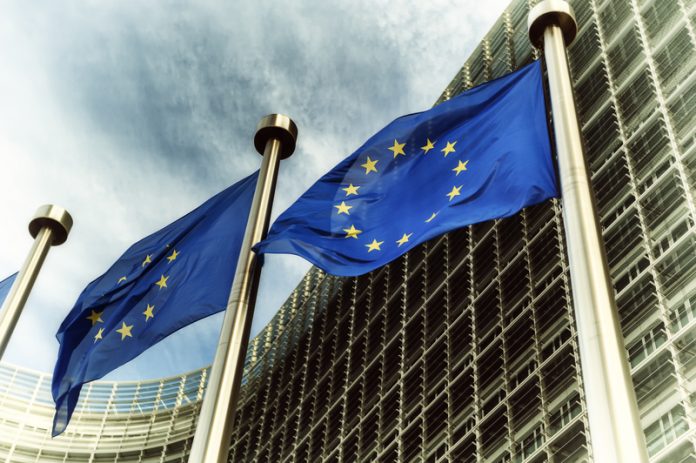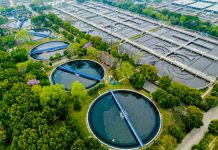EU Commissioner for the Environment Karmenu Vella explains how the EU’s LIFE programme can contribute to a low-carbon, resource-efficient and sustainable future
Natural resources underpin our economy and our quality of life. But the world’s population is rising sharply, and coupled with the impacts of climate change, ever greater demands are placed on land, water, food, feed, raw materials and energy. So we need to be much better at doing more with less.
The transition to a resource-efficient and low-carbon society is essential to Europe’s future growth. This is why, in addition to its strong policy to tackle climate change, the European Commission has proposed an ambitious package of measures to stimulate the transition towards a more circular economy. By maintaining the value of products and materials for as long as possible and reducing waste, the EU economy can become more competitive and resilient, while lowering pressure on resources and the environment and significantly contributing to decarbonisation at the same time.
EU funding programmes, including the LIFE programme, are in place to support this transition. LIFE is the EU’s funding instrument for the environment and climate action, and it has already co-founded more than 650 projects related to the circular economy, with a total budget of over € 1.6 bn. The majority of these projects have tackled waste, with water efficiency as another important priority.
The latest batch of projects to be approved for LIFE funding will mobilise over €100m to support the environment and sustainable economy. Close to half of this investment is in 14 new resource efficiency projects that will demonstrate innovative approaches capable of being replicated across the EU. In fact 2 of these new projects are in the UK: one to facilitate the recovery of high-value critical raw materials like cobalt, silver, gold and platinum from waste electrical and electronic equipment, and another to reduce the carbon footprint of the garments industry: by 2018 the project is expected to divert over 90 000 tonnes of clothing waste from landfill, saving more than 1.6 million tonnes of CO2 and 588 million m3 of water.
LIFE time achievements
The LIFE programme has long been leading by example, showcasing resource-efficient and innovative methods at all stages of product and process lifecycles. For example, a LIFE project in Slovenia to reduce waste electrical and electronic equipment (WEEE) collected 267 interactive computer touch-screen terminals which had become obsolete, upgrading 81 of them in order to support education in schools. During various events, more than 1000 tonnes of WEEE have been collected and subsequently recycled or properly disposed of.
Recently, LIFE has supported projects that turn unwanted waste fractions into secondary raw materials for manufacturing, such as turning waste glass into a resource for glass containers, ceramics and bricks industries. LIFE projects have shown that it is possible to use recycled materials in construction, lowering energy use and CO2 emissions.
LIFE has also played a fundamental role in improving the environmental performance of products by funding projects on eco-design and life-cycle thinking in manufacturing. Eco-design projects help make products more energy-efficient and lessen their overall environmental impact. LIFE funding has been used to apply these principles to furniture, fridges, packaging, and even aircraft.
Low-carbon LIFE
The EU’s new integrated climate change and energy framework for 2030 sets more stringent targets for reductions in greenhouse gas emissions, increased use of renewables and greater energy efficiency.
The change, of course, is already under way. Since 1992, the LIFE programme has mobilised more than €600m in favour of climate change mitigation across a range of key sectors, including energy, agriculture, transport and enterprise. It has also provided more than €300m for climate change adaptation actions, helping to mainstream adaptation in many policy areas.
At least 20 % of the EU’s budget from 2014-2020 will be spent on climate-related action. This includes €864m from the new LIFE sub-programme for Climate Action for projects targeting both efforts to reduce emissions and adapt to the impacts of climate change.
During the first year of the sub-programme, the European Commission awarded grants totalling €44m to 30 projects. These range from the restoration of peatlands in Latvia to flood prevention in Italy and from sustainable asphalt manufacturing in Spain to reducing emissions from dairy farming in Belgium, Luxembourg and Denmark. The projects are contributing to finding new solutions for a low-carbon, resource-efficient and climate-resilient future.
New collaborative initiatives with the European Investment Bank, such as the Private Finance for Energy Efficiency (PF4EE), will use public money to leverage significant private investment in favour of climate action.
Effective small scale projects leading to big results, replicable across national borders, with benefits for all – that’s the added EU value of LIFE. What better way of spending EU funds?
For more information: http://ec.europa.eu/clima/policies/budget/life/index_en.htm
Karmenu Vella
Commissioner for Environment, Maritime Affairs and Fisheries
European Commission











